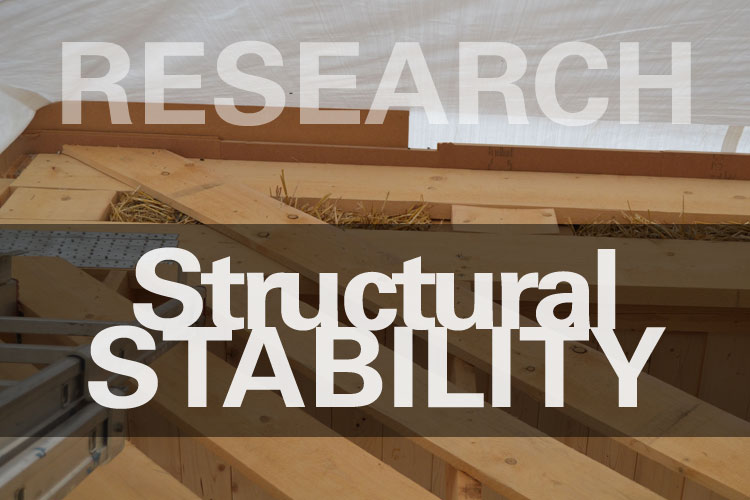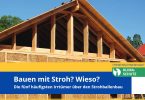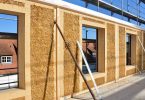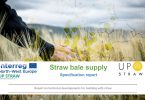Plastered straw bales are composite building materials used as load-bearing walls in sustainable structures worldwide. Structural testing of the composite is necessary to establish mechanical properties for practitioner use and for building code acceptance. This study investigates the compressive behavior of individual two-string rye straw bales when plastered using the most commonly used plasters in temperate climate zones, specifically: lime, lime-cement, and clay. A total of forty-eight specimens were tested to failure under compressive loading in two orientations: on-edge and flat. It was found that results vary not only according to plaster type but also according to bale orientation: on-edge bales tended to fail due to buckling of the plastered skins while flat oriented bales failed primarily due to plaster crushing. Importantly, all cases exceeded the maximum load capacity proposed for the 2015 International Residential Code with the lowest factor of safety being 1.8 for on-edge oriented clay plastered bales. Flat-oriented bales plastered in lime-cement were found to have the highest compression capacity, with a factor of safety of 10.7.
Authors: Brojan, Larisa; Clouston, Peggi L







